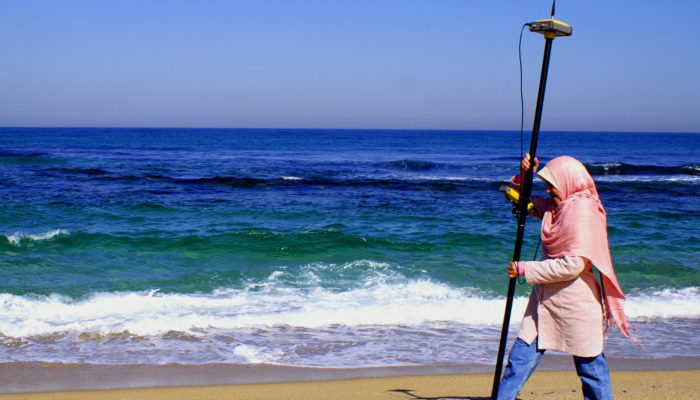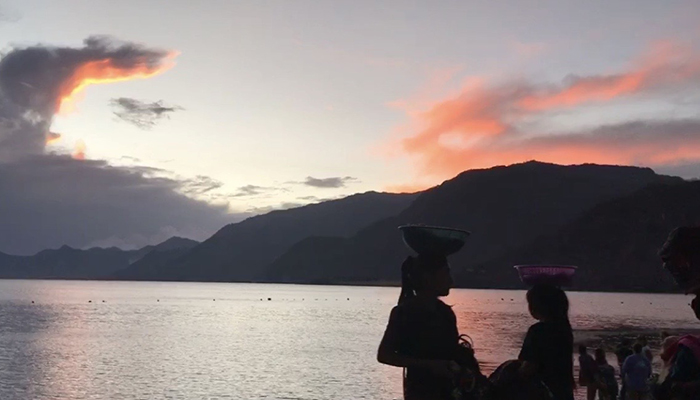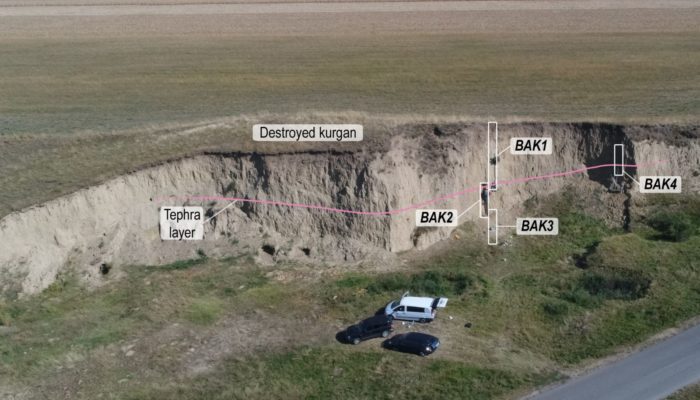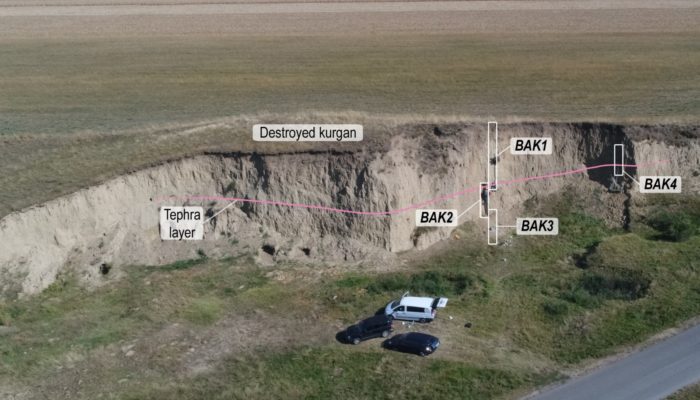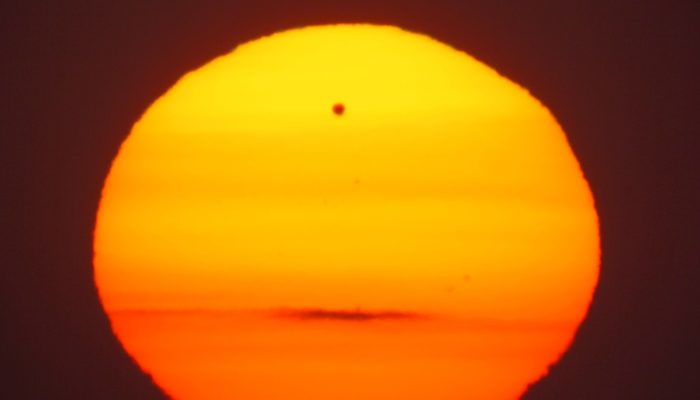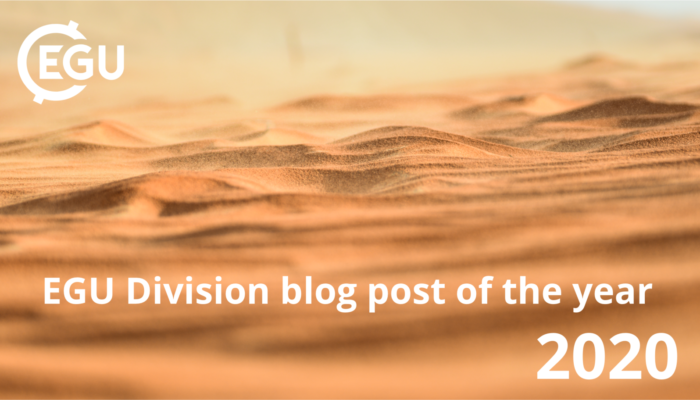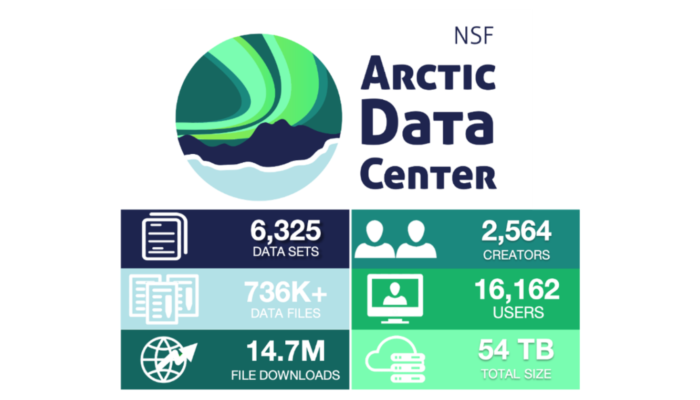Happy International Women in Science Day 2021! We at EGU are very lucky to have many outstanding women who participate in the running of the European Geosciences Union. We are delighted to introduce you to just a few of our hard working, inspiring, creative and passionate women of EGU – especially as several of them will be stepping down at the General Assembly this year as their terms of se ...[Read More]
Geochemistry, Mineralogy, Petrology & Volcanology
A Community of Support and Change: The Earth Science Women’s Network (ESWN)
The Earth Sciences are one of the least diverse disciplines in sciences all around the world (Marín-Spiotta et al., 2020). Often this causes discrimination and bias and might even reach up to bullying and sexual harassment at the workplace (Cantor et al., 2019; Marín-Spiotta et al., 2020). This leads to an underrepresentation of Black and African American, Hispanic, Latinex, and Asian graduate stu ...[Read More]
Geodynamics
Carbon in the cloud
If I asked you about what your carbon footprint is, your mind might jump to the food choices you make when at the supermarket, or how many conferences you fly to when you could get a train (well, not now, but you know, back in ye olden days). In this week’s post, Eoghan Totten, a PhD student at the University of Oxford, discusses the potential “hidden” impacts on your contributio ...[Read More]
Hydrological Sciences
Equity, Diversity, and Inclusivity amidst COVID-19
How to really engage with marginalized stakeholders A few weeks ago, I was having a conversation with a couple of researchers, as myself, working on stakeholder engagement in STEM. Many talked about how the digital transformation, imposed by the pandemic, might be a bumpy ride at first. But, once we adapt to engaging stakeholders remotely, organization and implementation can be done even more effi ...[Read More]
Stratigraphy, Sedimentology and Palaeontology
What’s my age again? Comparing dating methods in loess
As you have learned from our previous posts, loess is a widespread terrestrial sediment, known to be an important archive for the changes of past environmental and climatic conditions. In order to use loess as a proxy, we first need to investigate the age of the sediments. In loess, different dating methods can be used, such as luminescence dating, radiocarbon dating, magnetic stratigraphy, and or ...[Read More]
Climate: Past, Present & Future
What’s my age again? Comparing dating methods in loess
As you have learned from our previous posts, loess is a widespread terrestrial sediment, known to be an important archive for the changes of past environmental and climatic conditions. In order to use loess as a proxy, we first need to investigate the age of the sediments. In loess, different dating methods can be used, such as luminescence dating, radiocarbon dating, magnetic stratigraphy, and or ...[Read More]
GeoLog
Imaggeo On Monday: Transit of Venus over the Sun
The object of this photo is the transit of planet Venus in front of the Sun which took place on June 6th 2012 and was the last event of this kind until 2117! This is a very rare event with respect to a human life span and the transit always happens in pairs, 8 years apart, with a repeatability of more than two centuries. The picture was captured on the shore of the Black Sea, in Vama Veche, Romani ...[Read More]
Seismology
“State of the ECS”: Lessons learned
Michaela here. I’m sure I’m not the only one around here who falls into a bit of a motivation pit from time to time. So, I put quite a lot of hope into January: start the new year with a bang and get right back at work. Of course, that didn’t really work as well as I made it out in my head. Do you know the feeling when you don’t really do much because you just can’t bring yourself to work o ...[Read More]
GeoLog
Winners of the EGU Best Blog Posts of 2020 Competition
2020 was a brilliant year for our blogging network here at EGU. Across the EGU’s official blog, GeoLog, as well as the network and division blogs there were so many interesting, educational and just downright entertaining posts this year it was hard to get the blog editors to choose their favourites! Nevertheless at the beginning of January, to celebrate the excellent display of science writing ac ...[Read More]
Cryospheric Sciences
Did you know there’s a place to Find, Discover, & Download Arctic Data? Meet The Arctic Data Center!
Getting data from the Arctic is often difficult and expensive – instead, stand on the shoulders of giants and investigate over 6000 datasets preserved for future download and reuse in the Arctic Data Center! Read on for more information about the Arctic Data Center and the data contained therein. The Arctic Data Center is the primary data repository for the Arctic section of the US National ...[Read More]

